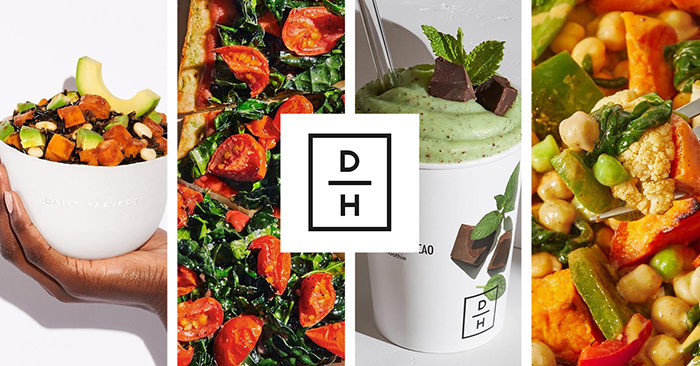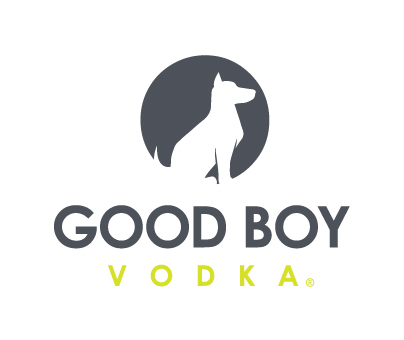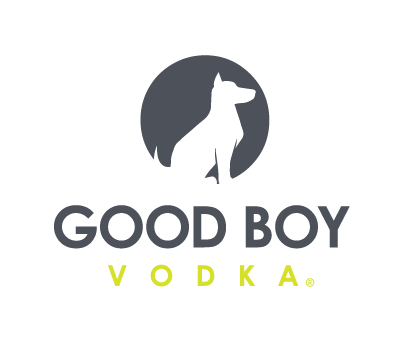Daily Harvest to Launch into Retail This Summer

Direct-to-consumer darling Daily Harvest is making the jump to store freezers across the nation.
The frozen food brand will launch an array of its products in an undisclosed retail chain this summer, CEO Rachel Drori told NOSH.
“There’s a lot of runway for us to invest and expand our online footprint but our vision is much bigger than that,” Drori said. “If we are removing the friction that exists between the intent and action of eating more fruits and vegetables, then we need to show up where our customers are shopping.”
Founded in 2015, Daily Harvest has to-date sold its over 50-plus SKUs – which include oatmeal, smoothies, soups, ice cream and flatbreads – exclusively on its website, through temporary storefronts, and via on-demand delivery services. In 2020 the company launched its own retail storefront, but Drori said the COVID-19 pandemic made that test hard to properly execute.
The brand’s brick-and-mortar debut will see it allocated an entire door in the freezer aisle with products from across its portfolio, with the exception of Bites. Going forward, Drori said, the brand will prioritize retailers who are willing to offer more shelf space.
“How do we make sure that the customer can navigate all the variety and understand what’s right for them,” she said. “If you feed somebody who hates broccoli, broccoli, they’re not coming back.”
The packaging of retail and online offerings will be nearly identical, with slight tweaks to meet labeling requirements and to add a barcode. Pricing will also be aligned, positioning Daily Harvest as a premium product in stores.
“It’s about the value that we create for the customer,” she said. “Frozen is usually a value play — I’d say we’re a values play.”
Online, the company can spend more time educating consumers about how its products are different from the competition; in the freezer aisle, getting shoppers to examine product labels can be trickier. To bridge the gap, Daily Harvest and its retail partner, will launch interactive and educational digital interfaces on its designated freezer door. Marketing will initially be focused on bringing existing customers into the freezer aisle, before moving onto converting frozen shoppers to Daily Harvest consumers.
To support its move into retail, Daily Harvest brought on Anne Streit, as head of grocery, last year and this month added Jay Poppino, the former director of commercialization at Halo Top and Gatsby Chocolate, as director of grocery.
Though consumer acquisition costs have risen online, in part due to policy changes from Apple iOS and Facebook, Drori said the move into retail is more about offering consumers another touchpoint and removing the friction associated with online grocery shopping.
“Even through COVID, a max 25% of people bought food online and now we’re back to 16%,” Drori said. “We have a ton of people who want to try Daily Harvest, but are not into buying groceries online.”
The push into brick and mortar comes after two years of ups and downs for the brand. In addition to its 2021 fundraise, which reportedly valued the company at over $1 billion dollars, the pandemic spiked sales, with more consumers not only shopping online, but also pantry loading with frozen items. Since then, however, the brand faced a recall with its first alt-meat product line, and, according to Bloomberg, reportedly laid off 20% of its employees earlier this month. A search on LinkedIn shows multiple customer care specialists, a UX researcher, a packaging engineer and a company accountant, among others, posting about the layoff” Drori declined to offer further details.
Other fast-rising D2C food brands have also pushed into retail in the past several years, including Fly-By-Jing, Bachan’s and Omsomg. However, Daily Harvest marks the largest brand to make this jump.
Some D2C brands have also attempted larger brand blocks in stores, particularly in frozen and perishable using either standalone coolers (Once Upon a Farm and Urban Remedy), or freezers (Cometeer). However, this is a more costly approach, which can delay retail placement in order to run power to new aisles, and is typically utilized by brands that want to be merchandised within their traditional categories, but have a product that’s a different temperature state than its competitors.
















